Robin Good: Back in 2010, Mahendra Palsule, wrote an interesting article on the "role of curation in the attention economy".
In it he wrote: "When you share something on any network, you are telling your social circle – “Look at this, this is something I think you will find interesting.”
In essence, you are asking for attention from your followers. Your followers distribute whatever attention currency they have budgeted for you among the things you share.
The attention each item receives depends on the total number of items you share. If you overdo it, you are reducing the value of each shared item...
What the formula doesn’t take into account is that by blindly and indiscriminately increasing one’s ‘give and take’ in social media, one is decreasing the relevance of one’s shares to one’s followers.
By ‘giving back’ to certain people, you’re at the same time ‘taking away’ from your other followers.
When the relevancy of your shares decrease, your reputation and trust declines."
Unless you are a ruthless relevance evaluator of whatever passes in front of your eyes, with an investigator attitude in researching and looking beyond the surface of each news story, the idea of gaining reputation, authority and visibility through curation may be only a trendy illusion.
"Social media tools might indicate you have a large number of followers, your ‘influence’ is ranked highly in terms of numbers, and you become popular as a friendly person. But your followers may not be clicking on the links you tweet or buying the products or services you recommend."
So, rule number one is to have focus and to share only what is truly and verified to be relevant for your audience.
"Curation is such a buzzword these days, that some have gone so far as to dub every act of social media sharing as ‘curation’ – from Foursquare check-ins to Blippy purchases, to Yelp reviews. I consider some of these examples as annotations or adding meta data to a crowdsourced database.
Considering each act of social media sharing as an act of curation is like considering all sex to be an act of love.
The one way I’ve seen true reputation and influence increase on the social web is when one’s shares are relevant to followers.
This necessitates a brutal and ruthless evaluation.
Is this content relevant to my followers? Irrespective of which influencer wrote it, irrespective of which ‘guru’ endorsed it, the relevance question is of prime consideration in deciding whether I endorse, share and propagate it to my followers."
Good. 8/10
Full article: http://www.skepticgeek.com/socialweb/role-of-curation-in-the-attention-economy/
(Image credit: www.spreadshirt.it)





 Your new post is loading...
Your new post is loading...
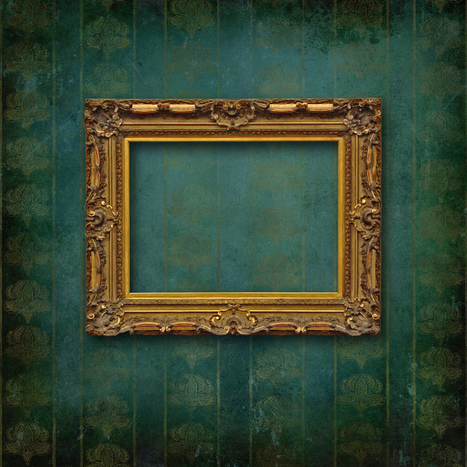

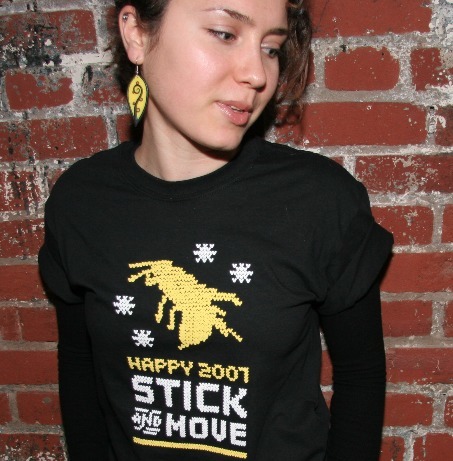













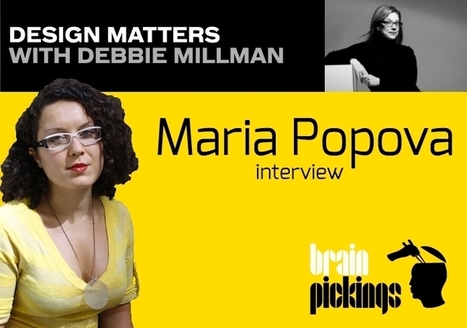
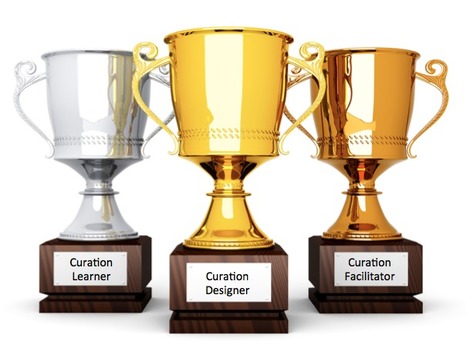



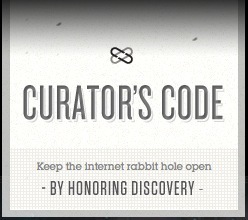

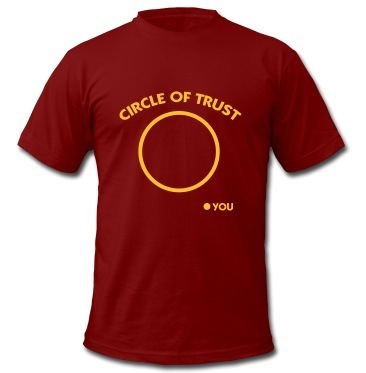
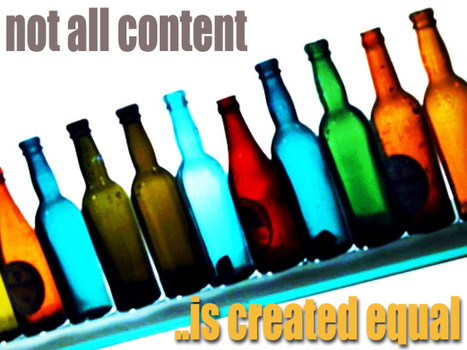








The Curator, by Miller Williams, is a poem that illustrates the keen value of the curator.
It's a short story, that can be read in just 3 minutes, and which can provide a great metaphor to explain to others, emotionally, what the value of the curator, is all about.
Beautiful. Inspiring. 9/10
Read it now: http://www.poetryfoundation.org/poem/176491
Reading time: 3' mins.
Thanks to Nancy White for helping me discover it.
Check her super-interesting article entitled "Students Curators: Powerful Learning" and her D20 Innovation blog.
Image credit: Vintage frame by Shutterstock